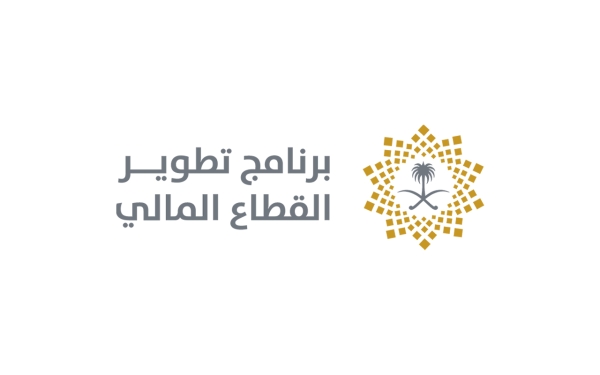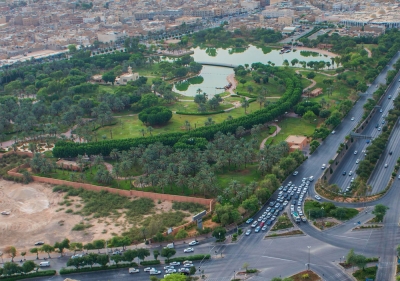

The Financial Sector Development Program is one of the programs aimed at achieving Saudi Vision 2030. It was launched in 2017 to enable financial institutions to support private sector growth, develop an advanced capital market, strengthen financial planning in the Kingdom of Saudi Arabia, and enhance financial technology (fintech) strategy.
The program seeks to develop a diversified and effective financial sector that supports diversifying income sources and stimulates savings, financing, and investment. The program covers several sub-sectors, such as banks, insurance, investment, stock markets, and debt instruments.
The Financial Sector Development Program bases its operations on four strategic pillars: enabling financial institutions to support private sector growth, developing an advanced capital market, enhancing and empowering financial planning, and financial technology strategy.
Achievements of the Financial Sector Development Program in its first phase
The program achieved several milestones during its first phase (2017-2020), mainly the launch of electronic invoicing services by Mada and SADAD, the establishment of Fintech Saudi, the offering and listing of Saudi Aramco in 2019, which is considered the largest initial public offering (IPO) in history, the inclusion of the Saudi Stock Exchange (Tadawul) in the global indices Morgan Stanley Capital International (MSCI), S&P Dow Jones Indices, and FTSE Emerging Index, increased support for fintech, the launch of the financial derivatives market and the commencement of trading in index futures, the reduction of the nominal value of government-issued local sukuk issued in the Kingdom. This comes in addition to allowing foreign investors to engage in direct investment in debt instruments, establishing the Securities Clearing Center Company (Muqassa), and launching the Small and Medium Enterprises Financing Guarantee Program (Kafalah). Moreover, the Kingdom attained full membership in the Financial Action Task Force (FATF), the financing platform was launched through the Small and Medium Enterprises General Authority (Monsha'at), the Financial Academy was established, and the Financial Communication and Knowledge Center was founded.
Achievements of the Financial Sector Development Program in 2021
The program was able to achieve several objectives on multiple levels within its second phase of work (2021-2025). In 2021, on the fintech front, licenses were granted to two local digital banks, STC Bank and Saudi Digital Bank. Additionally, the Saudi Central Bank launched the Instant Payment System (SARIE). Electronic payment transactions in the retail sector accounted for 57 percent, surpassing the target rate of 55 percent. The number of point-of-sale (POS) devices in the Kingdom exceeded one million, and the Kingdom ranked highest in the adoption of Near Field Communication (NFC) payments at 94 percent, surpassing that of the European Union, Hong Kong, Canada, and the Middle East and North Africa (MENA) countries. Furthermore, an accelerator program was launched to support the growth of fintech startups.
Regarding the development of the capital market, the Financial Sector Development Program in 2021 managed to list a group of companies on the capital market, totaling twenty companies. A partnership was concluded between Clearstream and Edaa to link the Saudi capital market with the Clearstream investor network. Sukuk issued by the Saudi government in Saudi Riyal joined the 'FTSE Russell' index: FTSE Emerging Markets Government Bond Index (FTSE EMGBI).
Commitments of the Financial Sector Development Program in its second phase
In the second phase (2021-2025), the program continues to work on enabling financial institutions to support the private sector, ensuring the growth of an advanced capital market, and increasing the share of small and medium enterprises (SMEs) financing in banks. This comes in addition to raising the share of non-cash transactions from 36 percent in 2019 to 70 percent by 2025, adhering to relevant international standards, including the requirements of the Bank for International Settlements and the International Organization of Securities Commissions, without conflicting with strategic objectives to maintain the stability and resilience of the financial sector.
In this phase, the program aims to achieve a total banking sector asset value of SAR3,515 billion, increase the stock market capitalization to 80.8 percent of the gross domestic product (GDP), create room for thirty fintech startups to enhance competition, raise the share of financing for SMEs from banks to 11 percent, and increase the percentage of non-traditional transactions to 70 percent to contribute to the development of the national digital infrastructure. Additionally, it aims to increase the insurance sector's contribution to 2.4 percent of non-oil GDP.
Related quizzes

